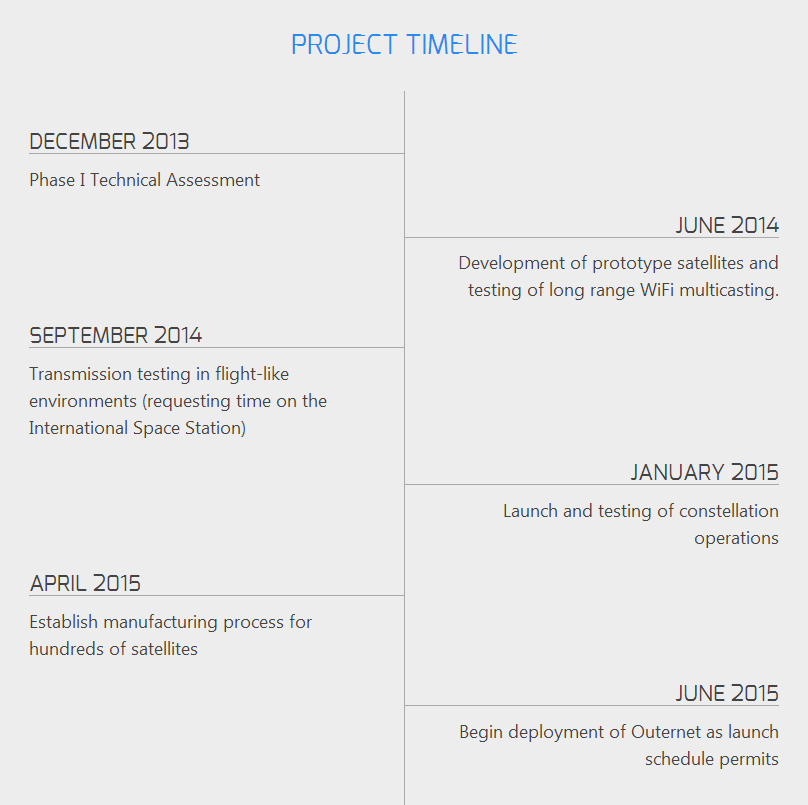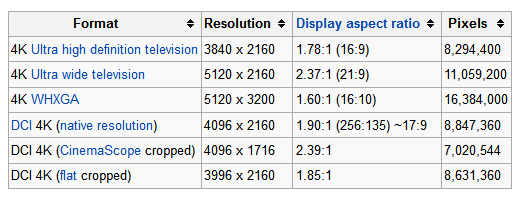Media Development Investment Fund (MDIF) a non profit organisation has announced their project OuterNet which will give free Internet access to all, regardless of where on this planet they are.
Internet has a wealth of knowledge to share but statistics show that only 40% of the worlds population has access to the internet. Although the price of smartphone and tablets are dropping year to year the prices for data seems to be increasing or way too high for a majority to afford, like rural areas, remote regions and mobile towers or ground cable just does not exist. OuterNet looks forward to eliminating this and providing free internet throughout the planet.
OuterNet is comprised of groups of low cost miniature satellites in Earth's orbit. These satellites receive data streams from a network of ground stations and transmits data in a continuous loop until new content is received. To be able to server maximum audience possible the entire constellation utilizes globally accepted, standards-based protocols such as DVB, Digital Radio Mondiale and UDP-based Wifi Multicasting.
"OuterNet is a modern version of shortwave radio". It uses leading-edge technology to address a deep rooted social problem. More than 3 billion people in the world are excluded from the vast ocean of knowledge: the internet due to cost, geography or jurisdiction. OuterNet will increase opportunities for everyone to access digital news and information, providing greater opportunity and education.
"We are excited to incubate such a revolutionary project" said MDIF CEO Harlan Mandel. "OuterNet will by-pass censorship, ensure privacy and offer worldwide access to information to everyone, including those who today are beyond the geographic reach of the internet or cant afford it."
Outernet for now will be one way, data will flow from feeders to the satellites which will broadcast to all.MDIF plans to add the ability to transmit from anywhere once funds become available.
Internet has a wealth of knowledge to share but statistics show that only 40% of the worlds population has access to the internet. Although the price of smartphone and tablets are dropping year to year the prices for data seems to be increasing or way too high for a majority to afford, like rural areas, remote regions and mobile towers or ground cable just does not exist. OuterNet looks forward to eliminating this and providing free internet throughout the planet.
OuterNet is comprised of groups of low cost miniature satellites in Earth's orbit. These satellites receive data streams from a network of ground stations and transmits data in a continuous loop until new content is received. To be able to server maximum audience possible the entire constellation utilizes globally accepted, standards-based protocols such as DVB, Digital Radio Mondiale and UDP-based Wifi Multicasting.
"OuterNet is a modern version of shortwave radio". It uses leading-edge technology to address a deep rooted social problem. More than 3 billion people in the world are excluded from the vast ocean of knowledge: the internet due to cost, geography or jurisdiction. OuterNet will increase opportunities for everyone to access digital news and information, providing greater opportunity and education.
"We are excited to incubate such a revolutionary project" said MDIF CEO Harlan Mandel. "OuterNet will by-pass censorship, ensure privacy and offer worldwide access to information to everyone, including those who today are beyond the geographic reach of the internet or cant afford it."
Outernet for now will be one way, data will flow from feeders to the satellites which will broadcast to all.MDIF plans to add the ability to transmit from anywhere once funds become available.
Building such a network is fairly expensive. The satellites in question run up costs from $100,000 to $300,000 to build and launch.
OuterNet Vision
Access to knowledge and information is a human right and Outernet will guarantee this right by taking a practical approach to information delivery. By transmitting digital content to mobile devices, simple antennae, and existing satellite dishes, a basic level of news, information, education, and entertainment will be available to all of humanity.











